
Why the End of World War II Sparked the Modern Human Rights Era
16 min read Explore how World War II’s aftermath led to the birth of the global human rights movement. (0 Reviews)
Why the End of World War II Sparked the Modern Human Rights Era
The global calamity of World War II left a scar on humanity unprecedented in scale and horror. The war's unforgettable atrocities—and the determined will to ensure they never happened again—did more than redraw borders and shape new alliances. They produced a powerful, irresistible movement for human rights that transformed international relations, domestic law, and the way people saw themselves and others. This modern era of human rights, forged in the aftermath of WWII, remains foundational to global justice and freedom today.
The Lessons of Catastrophe

History is full of wars, but the Second World War stands alone in its scale of destruction and its naked assault on basic human dignity. By 1945, cities across Europe and Asia lay in ruins. But the true horror was revealed as the Allies liberated concentration camps such as Auschwitz and Dachau, uncovering programmed genocide and systematic torture. The Holocaust had claimed six million Jewish lives; millions more were murdered as part of Nazi atrocities against minorities, the disabled, and political dissidents. Ethnic displacement, starvation, and mass bombings claimed entire communities.
This devastation was not merely accidental. It was designed—enabled by state-sanctioned dehumanization and unchecked government power. The revelation of these policies ignited a fundamental question: What rights does every human possess simply because they are human? And what duties does the world have to protect these rights?
From Horror to Hope: Birth of a Global Human Rights Movement
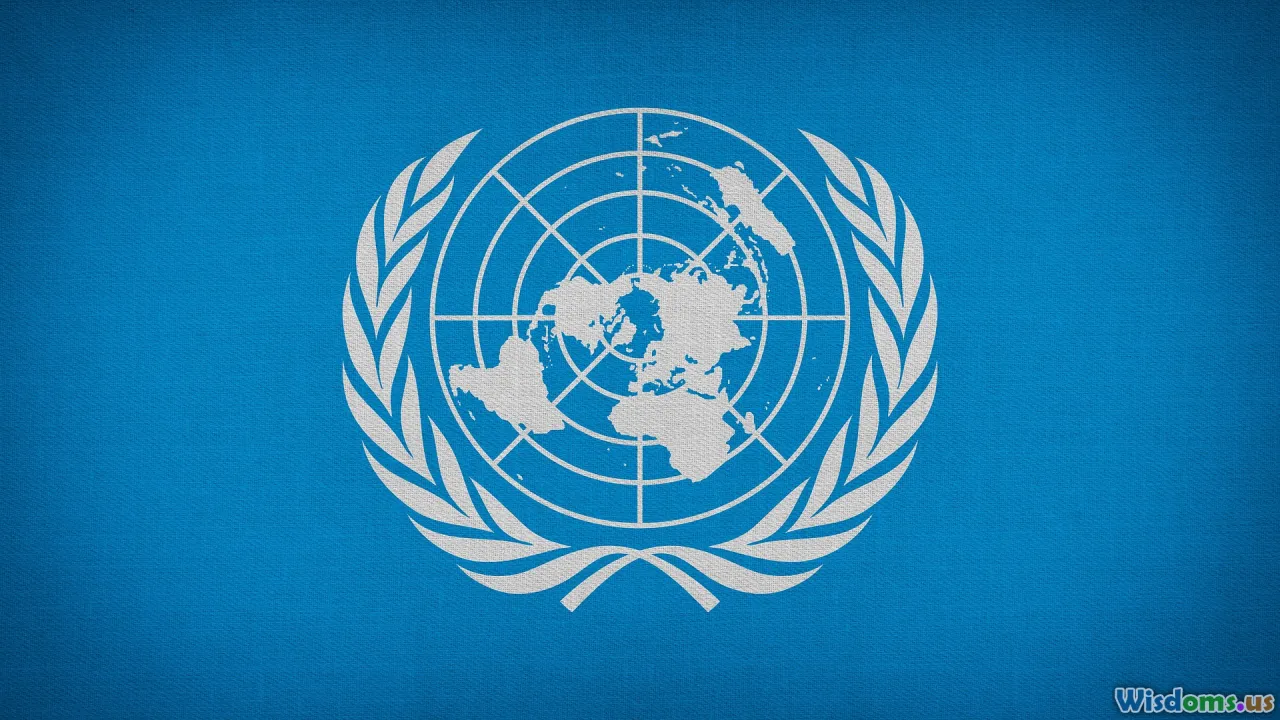
Before WWII, the defense of human rights was not a serious part of world affairs. National sovereignty reigned, and even progressive constitutions rarely reached beyond domestic politics. The world watched as persecution, war crimes, and mass slaughter were labeled "internal issues."
After 1945, this changed dramatically. Nations demobilizing after the war agreed on a central insight: if human rights could be violated anywhere, global peace was always fragile. No more could the defense that "states can do what they like within their borders" apply when crimes against humanity threatened global stability and conscience.
The newly formed United Nations (UN), founded in October 1945, put human rights at the center of its purpose. The UN Charter itself referenced the importance of “faith in fundamental human rights,” laying groundwork for what would follow. Global figures like Eleanor Roosevelt, a delegate to the new UN, called for a universal standard that transcended borders and governments.
Creation of the Universal Declaration of Human Rights

Out of the tragedy and hope came the Universal Declaration of Human Rights (UDHR) in 1948—one of history's most significant documents. Drafted by a diverse committee led by Eleanor Roosevelt, including René Cassin (France), Charles Malik (Lebanon), P.C. Chang (China), and others, the UDHR was a radical assertion.
For the first time, humanity articulated a common standard: every person, by virtue of being human, is entitled to basic rights—regardless of nationality, race, religion, or status. The UDHR’s 30 articles established essentials such as the right to life, freedom from torture, equal protection, fair trial, freedom of expression, and the right to an education. Article 1 captured the spirit: “All human beings are born free and equal in dignity and rights.”
Critically, the UDHR was not a legally binding treaty; it represented an international consensus, a powerful moral standard. Still, 48 countries immediately adopted it (with only 8 abstentions)—a testament to global resolve that things had changed.
Nuremberg and Tokyo Trials: Pioneering International Justice
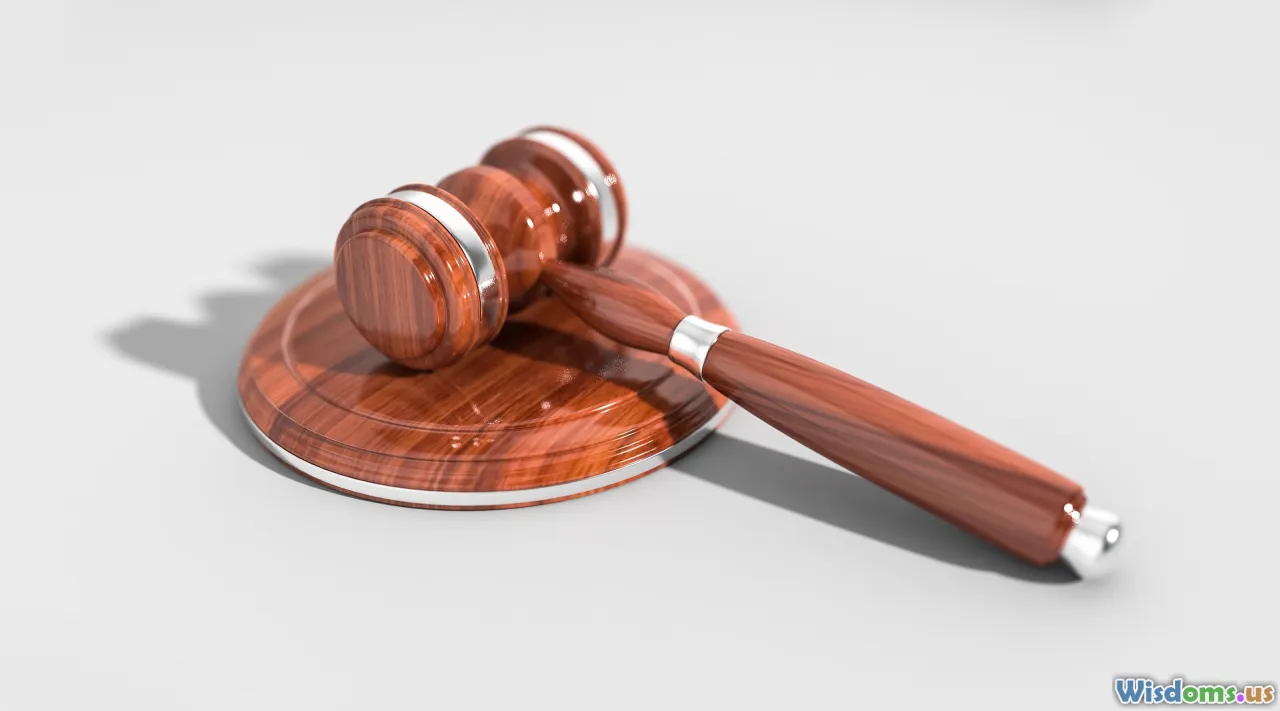
Justice after WWII wasn’t just about rebuke—it set a precedent. The Nuremberg Trials (1945–1946) prosecuted top Nazi officials for crimes against humanity, war crimes, and genocide. Similarly, the Tokyo War Crimes Tribunals held Japanese leaders accountable. These courts established vital doctrines: individuals—including heads of state—could be held responsible under international law, and “I was just following orders” was no longer a defense for atrocities.
Nuremberg in particular made clear that sovereign states' “internal matters” could face international scrutiny if they violated “the laws of humanity.” This was a direct challenge to centuries of Westphalian sovereignty, under which rulers could do as they pleased within their borders.
The legal ideas forged here influenced later mechanisms, including the International Criminal Court. The definition of genocide, as laid out by jurist Raphael Lemkin, and the formation of conventions against torture and war crimes found their first enforcement after WWII.
Influence on Postwar National Constitutions and Laws

The modern human rights era is not just a story of international declarations. The fallout from World War II directly influenced dozens of new or revised constitutions. In Germany, for instance, the 1949 Basic Law (“Grundgesetz”) enshrined principles of human dignity and rights in direct response to Nazi abuses. Japan’s new 1947 constitution included sweeping civil rights provisions, renouncing war and embracing human rights.
In postcolonial settings, inspired by the new international consensus, emergent nations in Asia, Africa, and the Middle East embedded rights protections in their founding documents. India’s 1949–50 constitution adopted a robust Bill of Rights. The European Convention on Human Rights (ECHR), adopted in 1950, offered a binding regional framework and later led to the establishment of the European Court of Human Rights.
By the 1970s and ’80s, the human rights revolution touched Latin America and sub-Saharan Africa, emboldening civil society. Countries seeking to emerge from tyranny—such as Spain after Franco—implemented reforms that echoed the postwar era’s universalist values.
Decolonization, Civil Rights, and the Expanding Global Rights Agenda
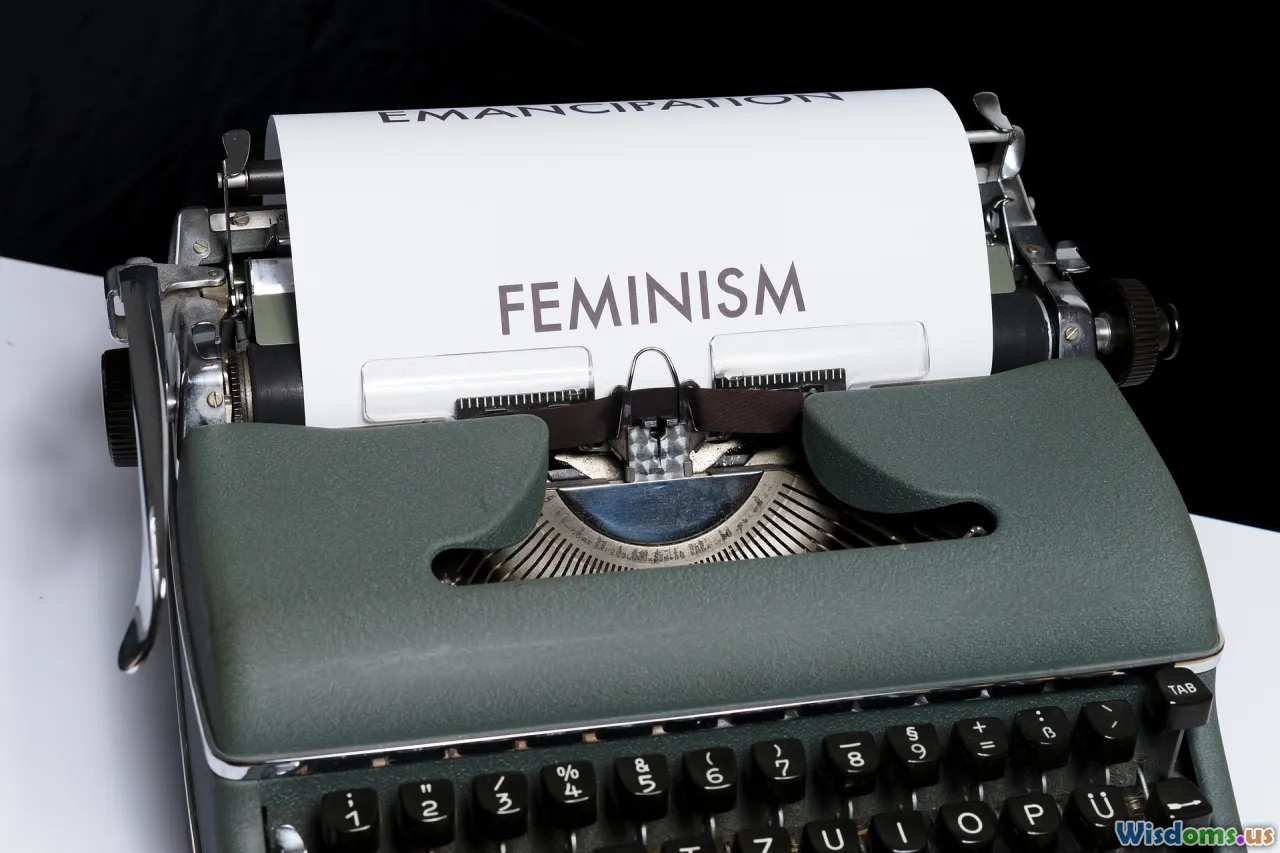
World War II weakened colonial empires but seeded the ideals of self-determination and rights. Colonized people had fought for the Allies under promises of freedom. After the war, their call for independence was impossible to ignore, and international opinion was now shaped by the human rights discourse inspired by the UN and UDHR.
African, Asian, and Caribbean nations used the rhetoric and frameworks of postwar human rights in their demands for decolonization. The UN’s support of the right to self-determination owes much to the postwar expansion of the rights agenda. Rapidly, newly independent countries sought to root their legitimacy in the language of dignity, justice, and equality, challenging old structures of oppression.
Inside older democracies, the new human rights climate energized movements like the U.S. civil rights struggle. Martin Luther King Jr. referenced the Declaration; legal strategies against segregation invoked international standards. Advocacy against apartheid in South Africa found support from both the letter and spirit of the postwar human rights commitments, ultimately winning global boycotts and solidarity for liberation.
The United Nations Human Rights Regime—Promise and Peril
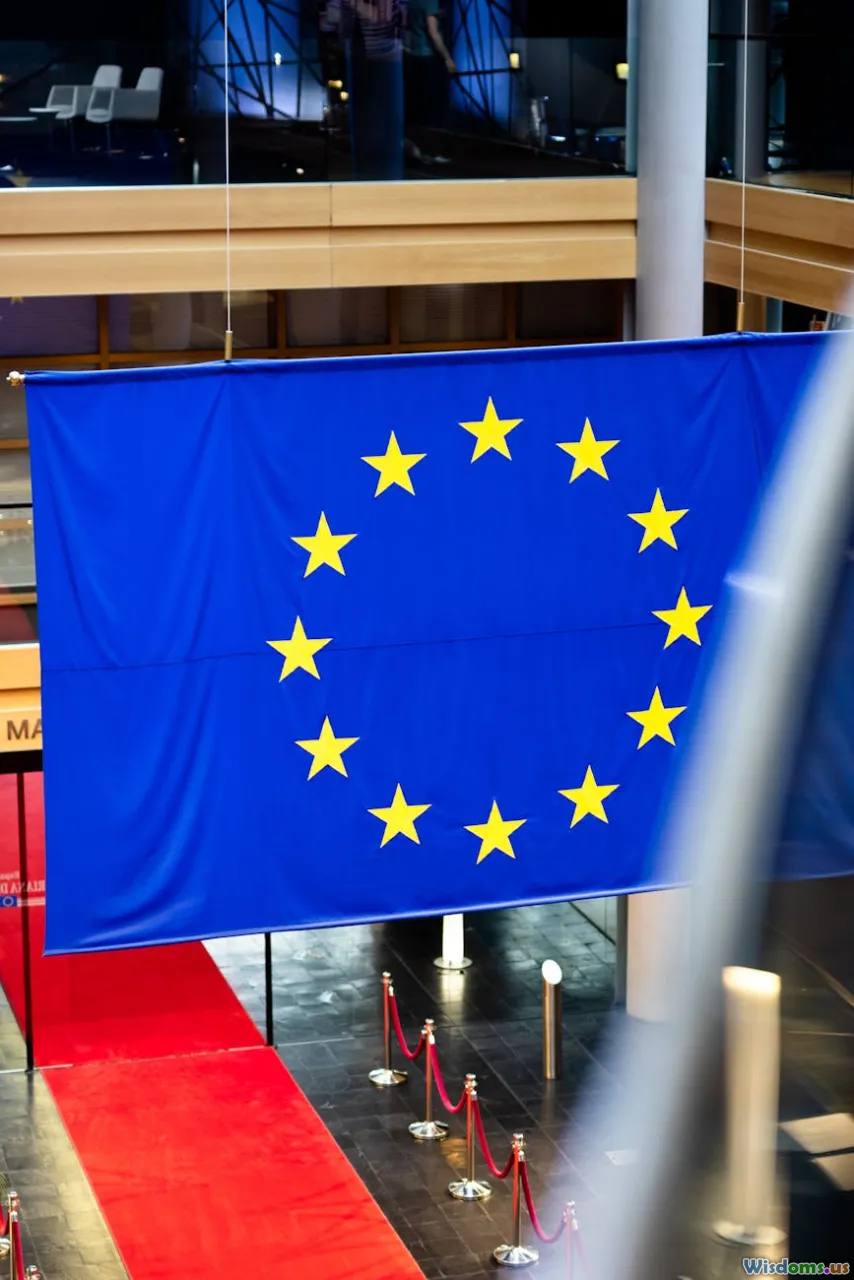
The end of WWII didn't just create a normative blueprint for rights; it spawned new global institutions to defend and monitor them. The UN established bodies such as the Commission on Human Rights (which drafted the UDHR), followed by successors like the Human Rights Council. Specialized agencies like UNICEF, the Office of the UN High Commissioner for Human Rights (OHCHR), and treaty-monitoring committees grew from the postwar aim to oversee respect for rights worldwide.
Through the UN system, dozens of treaties built legally binding regimes, including the International Covenants on Civil and Political Rights, Economic, Social and Cultural Rights, and conventions against discrimination, torture, and genocide.
But the international system has always been imperfect—shaped by realpolitik and overshadowed by superpower rivalry during the Cold War. Debates over cultural relativism versus universality, and persistent noncompliance or hypocrisy by powerful states, became ongoing challenges. Still, the existence of mechanisms for petition, global spotlight, and the pressure of international norms means states now routinely face scrutiny for abuses.
Human Rights in the Cold War and Beyond

The global reach of WWII-era rights initiatives did not stop at the democratic West. Eastern bloc dissidents—such as Václav Havel in Czechoslovakia, Andrei Sakharov in the USSR, and Poland’s Solidarity movement—relied on the language and norms of rights outlined by the postwar world. Efforts like the 1975 Helsinki Accords, citing respect for human rights and fundamental freedoms, provided them with tools to demand accountability.
Similarly, during the post-Cold War period, international law and human rights agencies, empowered by earlier precedents, confronted abuses in Bosnia, Rwanda, and elsewhere. The formation of special tribunals for Yugoslavia and Rwanda echoed the Nuremberg legacy. And the 1998 establishment of the International Criminal Court loosely fulfilled the old postwar dream of a permanent institution to hold individuals liable for major human rights crimes.
Enduring Challenges and the Future of Human Rights
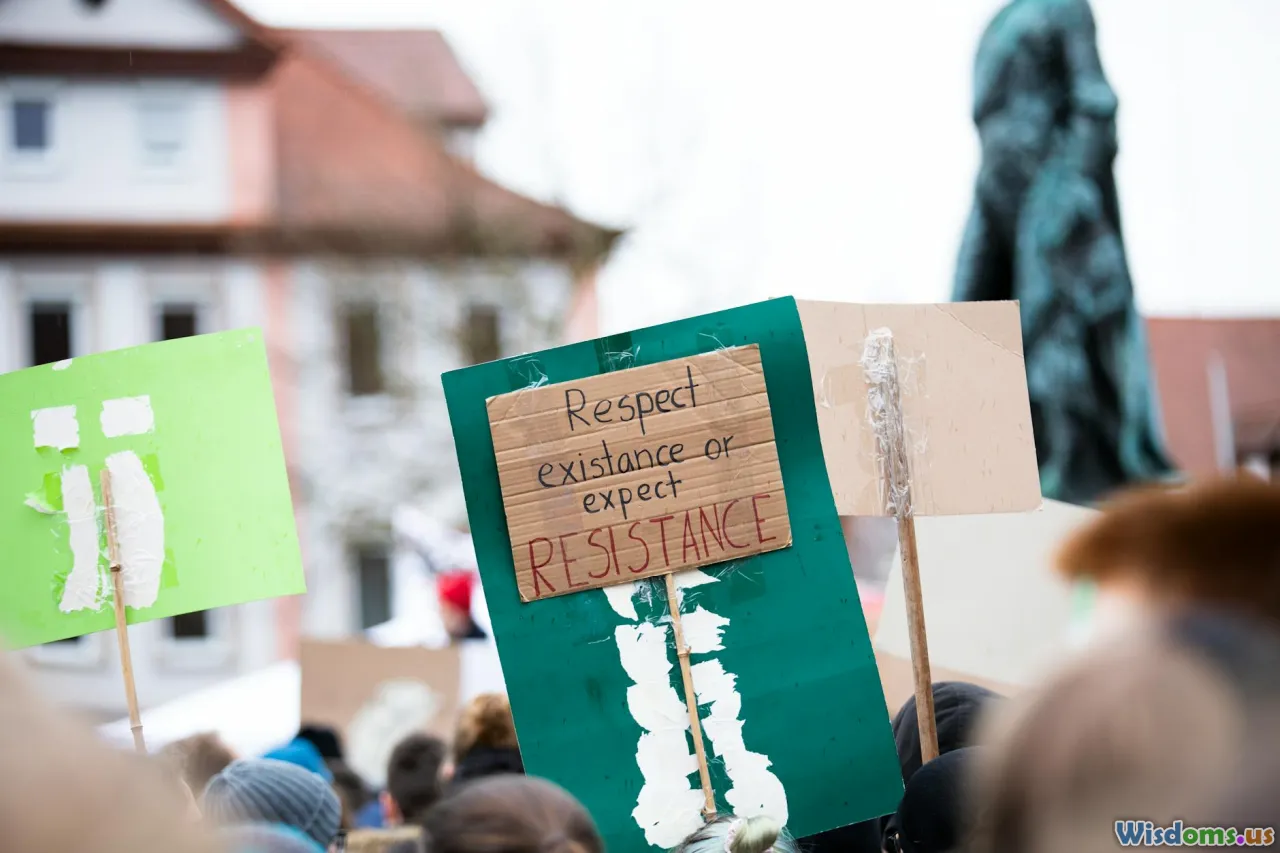
Despite its transformative legacy, the modern human rights era faces significant obstacles. Nationalism, populism, and authoritarian backlash challenge the universality of postwar human rights standards. The rise of digital surveillance, the persistence of statelessness—over 10 million people worldwide today, according to the UN—and mass displacement due to conflict all test international resolve.
However, the postwar revolution in thinking means that rights violations anywhere now command instant global attention. Social media and international courts have become platforms for advocacy not unlike those dreamt by the founders of the human rights system.
Movements such as #MeToo, Black Lives Matter, and climate justice campaigns are not isolated—each draws consciously on the concepts and precedents established seven decades ago, after war’s end. Today’s fights for gender equality, environmental rights, and indigenous sovereignty are direct heirs to that transformative moment.
The end of World War II marked a boundary between an old world of unchecked state power and a new age defined by the principle of universal rights for all. The pain of that war hammered out not merely new treaties or protocols but a reshaped global conscience—one where the dignity of every person could no longer be written off by governments. The vision kindled in 1945 continues to challenge, inspire, and guide a world still struggling toward justice for all.
Rate the Post
User Reviews
Other posts in World Wars
Popular Posts

















